What To Know About Zelle Scams And How To Spot Behavioral Red Flags From Scammers
Important:
- Scammers use Zelle and other payment apps because transactions are quick and hard to track.
- If you get scammed on Zelle, it will be difficult to get your money back.
- Use Zelle only for family and friends, and make sure to implement caution toward people you don’t know.
Scammers are now turning to peer-to-peer (P2p) payment networks like Zelle to con people out of their money
Here’s what you should know about Zelle scams, so you can protect yourself while using the payment app.
HOW ZELLE SCAMS WORK
A scam occurs when is person or company tries to deceive you into directly giving them money or sharing personal information so they can access it.
Scammers take advantage of new payment technologies as they emerge, and scammers have now moved onto Zelle and other payment apps for three main reasons:
- Money sent through payment apps is available quickly after being sent.
- The money is difficult to get back due to regulation.
- Scammers can remain out of reach of law enforcement by setting up dummy accounts or using other tactics.
THE BIG PROBLEM – ZELLE POLICIES
Zelle works differently from other Peer to Peer (P2P) payment apps because it’s partnered with credit unions and banks. You’ll also have to use your bank’s mobile app or online banking platform to make a payment. This is both good and bad.
For many consumers, that creates an impression, incorrectly, that the same kind of protections they get for other transfers through their bank, they’re going to get on Zelle. That’s not true.
PAYMENTS ON ZELLE SHOULD BE TREATED LIKE SENDING CASH
Zelle does not offer a protection program for authorized payments. Once you authorize a payment to be sent with Zelle, you cannot cancel it if the recipient is already enrolled because money is going directly into that recipient’s bank account within minutes.
As a result, when you have fallen for a scam, the Zelle website says you must contact your financial institution.
HOW BANKS VIEW ZELLE TRANSFERS & SCAMS
Reporting fraud allows your financial institution to review your situation and freeze accounts if necessary. However, it’s unlikely you’ll get your money back.
We hear very often from consumers is they do the right thing — they report the crime first to their local police to obtain a report number, then call their bank. They report it but the bank says that there’s nothing they can do. But the truth is that is not really true, they CHOOSE to do nothing.
Banks will refer to Regulation E, also known as the Electronic Funds Transfers Act, which covers customer protections regarding money transfers — but only for unauthorized transactions. If you willingly hit send, it will usually be considered an authorized transaction. You likely won’t get your money back.
If someone hacked into your account and took your money, you are protected under the law. You should report it to your bank that it was an unauthorized charge and that they should reverse it. The worst that will happen is that they will refuse to refund your money.
AVOIDING ZELLE SCAMS
4 behavioral red flags typical of Zelle scammers
Scammers may try to fool you by using skillful tactics, but be mindful of these four red flags if you’re sending money to someone you don’t know:
- A person insisting on being paid only through a payment app
- A person tries to rush you into making a quick payment
- A person telling you that your account has been hacked and you need to share information
- A bank calls you and tells you to send money through Zelle
In these situations, it’s best to pause contact or hang up the call to determine whether the information you’re receiving is correct – usually by checking with your bank on their official phone number (as for their fraud department).
ZELLE SCAMS TARGETING BANK CUSTOMERS (BANK OF AMERICA/WELLS FARGO/CITIBANK/OTHERS)
In addition to the above, there are specific scams targeting bank customers that use Selle. Here are the steps that these criminals follow to empty your bank account.
STEP 1. FAKE TEXT MESSAGES OR EMAILS FROM A BANK
Scammers impersonate banks such as the Bank of America or Wells Fargo and send you a fake “security alert” that says you’ve approved a Zelle payment. You’re instructed to reply to the message or phone the provided number if you don’t recognize the payment — which you obviously won’t because it’s fake! Sometimes the scammers will call you directly, too.
STEP 2. PHONE CALLS CLAIMING TO BE FROM YOUR BANK
On the phone call (the caller ID will be spoofed as the bank’s name), a scammer will pose as a bank employee and inform you that the email you received means your bank account has been compromised. To stop you from losing all your money, the fake employee will urge you to use Zelle to transfer all your money to your own personal Zelle account.
STEP 3. LOSING ALL YOUR MONEY
The scammers then guide you step-by-step into making a Zelle transaction — to a Zelle account you’re lead to believe is your own. However, although the Zelle account is in your name, it is actually controlled by the scammers and any money sent to this account will go straight into their pockets.
USING ZELLE SAFELY
The State of Castorina recommends Zelle should only be used for people you know and trust. If you’re using a Zelle to send money to someone you don’t know, it’s best to be cautious. Actually, you should never send ANY money to people you do not know!
Here are a few tips on how to use Zelle and other payments safely:
- Verify you have the right account
Send a small amount of money first and ask the person to make sure they received it
Use only home Wi-Fi or your cellular connection to avoid security gaps in public Wi-Fi
Be mindful of what you share on social media, so scammers don’t know details about your personal life
Sign up for alerts or multi-factor authentication for extra security - Where to report Zelle scams
If you’ve fallen for a scam on Zelle or another payment app, always report the crime – see below.
People don’t like to admit that they’ve been a victim of these crimes because they fear they will be blamed for it. And they often blame themselves. While reporting it may not result in you getting your money back, what it does is help law enforcement, identify trends, and help protect other consumers. But, without reporting it the bank will do nothing.
HOW TO PROTECT YOURSELF FROM ZELLE SCAMS
- Double-check the sender’s mobile number/email address. Take note of caller ID, but be aware that it can be spoofed!
- Be extra wary if a potential buyer insists on using Zelle or another online payment app.
- Turn to the bank’s official website to confirm any details regarding any security alerts.
- Click here to report a fraud or scam to Zelle.
- Think twice before you make any payments through Zelle. Zelle suggests that you only use it with friends and family to better protect against scams.
- According to Zelle, if you “authorized” a payment, you may not be able to get your money back.
- NEVER click links or attachments from unknown sources.
REPORTING ZELLE SCAMS
It’s recommended to report your scam to take the following steps:
Do the first two steps immediately, first to your local police and get a report number, then to your bank.
REPORT TO LAW ENFORCEMENT
You must file a local police report on the scam/crime with your local police. Be sure to get a police report number and the name and contact information of the fraud detective assigned to the case. In most circumstances, there will be a division dedicated to reporting and investigating fraud.
Law enforcement will also report this information to your state attorney general. The state attorney general can review your report to identify illegal activity and if there is a case for prosecution and money recovery – prosecutors pay an important role in retrieving money when possible.
CONTACT YOUR BANK
The second thing to do quickly after discovering the scam is call your bank or credit union. Your financial institution can investigate the situation further and freeze bank accounts if you’ve been hacked or had unauthorized access to your account. You may also request that the money be returned. Although, it’s unlikely you’ll get your money back – but it depends on the speed of reporting and the specific circumstances.
ADDITIONAL REPORTING RESOURCES
You may refer to the following government agencies to file additional reports or learn more about your rights:
- Consumer Financial Protection Bureau: The Consumer Financial Protection Bureau has educational resources on many topics involving scams. For example, you can learn about elder financial exploitation and phishing. https://www.consumerfinance.gov/complaint/
- Federal Trade Commission: You should always file a report with the Federal Trade Commission. Reports are shared with 3,000 law enforcers throughout the US. Always use this link fr increased attention: https://reportfraud.ftc.gov/#/?orgcode=SCARS
- FBI Internet Crime Complaint Center: The FBI Internet Crime Complaint Center looks into all online crimes. You may file a complaint through the center if you or someone you know has fallen for an online scam involving certain types of transactions. www.IC3.gov or 1-800-CALL-FBI
- Federal Reserve: You can also file a complaint against your bank through the Federal Reserve. Such complaints are treated very seriously by the bank and often produce results. Visit here fore more information https://www.federalreserveconsumerhelp.gov
Portions: TrendMicro
-/ 30 /-
What do you think about this?
Please share your thoughts in a comment below!
Article Rating
Table of Contents
- An Exploration Of How Banking Has Gone Bad
- What To Know About Zelle Scams And How To Spot Behavioral Red Flags From Scammers
- Important:
- Scammers are now turning to peer-to-peer (P2p) payment networks like Zelle to con people out of their money
- HOW ZELLE SCAMS WORK
- THE BIG PROBLEM – ZELLE POLICIES
- PAYMENTS ON ZELLE SHOULD BE TREATED LIKE SENDING CASH
- HOW BANKS VIEW ZELLE TRANSFERS & SCAMS
- AVOIDING ZELLE SCAMS
- ZELLE SCAMS TARGETING BANK CUSTOMERS (BANK OF AMERICA/WELLS FARGO/CITIBANK/OTHERS)
- USING ZELLE SAFELY
- HOW TO PROTECT YOURSELF FROM ZELLE SCAMS
- REPORTING ZELLE SCAMS
RATE THIS ARTICLE?
LEAVE A COMMENT?
Recent Comments
On Other Articles
- Nikolaus on Dating Scammers Paradise: Ivory Coast: “The Ivory Coast romance scam is still going on. It seems that local authorities don’t handle the issue effectively!” Dec 10, 02:17
- on The SCARS Institute Top 50 Celebrity Impersonation Scams – 2025: “Thank you – we will.” Dec 7, 11:41
- on The SCARS Institute Top 50 Celebrity Impersonation Scams – 2025: “You should add Sean Bean to your list of Celebrities. This one is very good, and persistent. He will be…” Dec 2, 12:07
- on How You Think & Talk About Your Scam Affects Your Recovery: “I have hung on to the scams for far too long. With the intervention of an all-merciful God, I have…” Nov 6, 22:13
- on Disengaging From A Fake Scam Relationship: “Taci, you may want to join our new support community at www.SCARScommunity.org” Nov 6, 03:01
- on Disengaging From A Fake Scam Relationship: “This particular article helped me discover the many things I did wrong the first time I was scammed. I should…” Nov 5, 22:49
- on About the SCARS RomanceScamsNOW.com Website – 24 Years Published: “It was unavailable for a few days, but it is available again. If he would be interested, he is welcome…” Nov 5, 00:59
- on About the SCARS RomanceScamsNOW.com Website – 24 Years Published: “My husband has been scammed and your classes have been helping him but now he can’t seem to access them.…” Oct 26, 14:57
- on Talia Shepard – Impersonation Victim – Stolen Photos – 2024: “Hi, I’m Patrick from Belgium and I found this site by chance, so I just got to know it, and…” Oct 17, 23:46
- on Talia Shepard – Impersonation Victim – Stolen Photos – 2024: “Hallo ik ben Patrick uit Belgie en het is in verband over PayPal. Ik heb het dit jaar spijtig genoeg…” Oct 17, 23:08
ARTICLE META
Important Information for New Scam Victims
- Please visit www.ScamVictimsSupport.org – a SCARS Website for New Scam Victims & Sextortion Victims
- Enroll in FREE SCARS Scam Survivor’s School now at www.SCARSeducation.org
- Please visit www.ScamPsychology.org – to more fully understand the psychological concepts involved in scams and scam victim recovery
If you are looking for local trauma counselors please visit counseling.AgainstScams.org or join SCARS for our counseling/therapy benefit: membership.AgainstScams.org
If you need to speak with someone now, you can dial 988 or find phone numbers for crisis hotlines all around the world here: www.opencounseling.com/suicide-hotlines
A Note About Labeling!
We often use the term ‘scam victim’ in our articles, but this is a convenience to help those searching for information in search engines like Google. It is just a convenience and has no deeper meaning. If you have come through such an experience, YOU are a Survivor! It was not your fault. You are not alone! Axios!
A Question of Trust
At the SCARS Institute, we invite you to do your own research on the topics we speak about and publish, Our team investigates the subject being discussed, especially when it comes to understanding the scam victims-survivors experience. You can do Google searches but in many cases, you will have to wade through scientific papers and studies. However, remember that biases and perspectives matter and influence the outcome. Regardless, we encourage you to explore these topics as thoroughly as you can for your own awareness.
Statement About Victim Blaming
Some of our articles discuss various aspects of victims. This is both about better understanding victims (the science of victimology) and their behaviors and psychology. This helps us to educate victims/survivors about why these crimes happened and to not blame themselves, better develop recovery programs, and to help victims avoid scams in the future. At times this may sound like blaming the victim, but it does not blame scam victims, we are simply explaining the hows and whys of the experience victims have.
These articles, about the Psychology of Scams or Victim Psychology – meaning that all humans have psychological or cognitive characteristics in common that can either be exploited or work against us – help us all to understand the unique challenges victims face before, during, and after scams, fraud, or cybercrimes. These sometimes talk about some of the vulnerabilities the scammers exploit. Victims rarely have control of them or are even aware of them, until something like a scam happens and then they can learn how their mind works and how to overcome these mechanisms.
Articles like these help victims and others understand these processes and how to help prevent them from being exploited again or to help them recover more easily by understanding their post-scam behaviors. Learn more about the Psychology of Scams at www.ScamPsychology.org
Psychology Disclaimer:
All articles about psychology and the human brain on this website are for information & education only
The information provided in this article is intended for educational and self-help purposes only and should not be construed as a substitute for professional therapy or counseling.
While any self-help techniques outlined herein may be beneficial for scam victims seeking to recover from their experience and move towards recovery, it is important to consult with a qualified mental health professional before initiating any course of action. Each individual’s experience and needs are unique, and what works for one person may not be suitable for another.
Additionally, any approach may not be appropriate for individuals with certain pre-existing mental health conditions or trauma histories. It is advisable to seek guidance from a licensed therapist or counselor who can provide personalized support, guidance, and treatment tailored to your specific needs.
If you are experiencing significant distress or emotional difficulties related to a scam or other traumatic event, please consult your doctor or mental health provider for appropriate care and support.
Also read our SCARS Institute Statement about Professional Care for Scam Victims – click here to go to our ScamsNOW.com website.



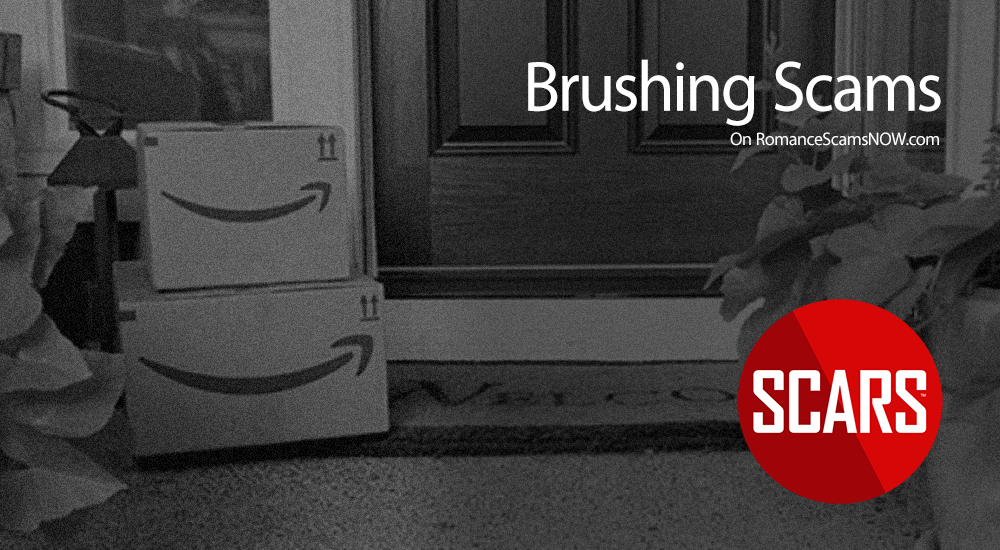
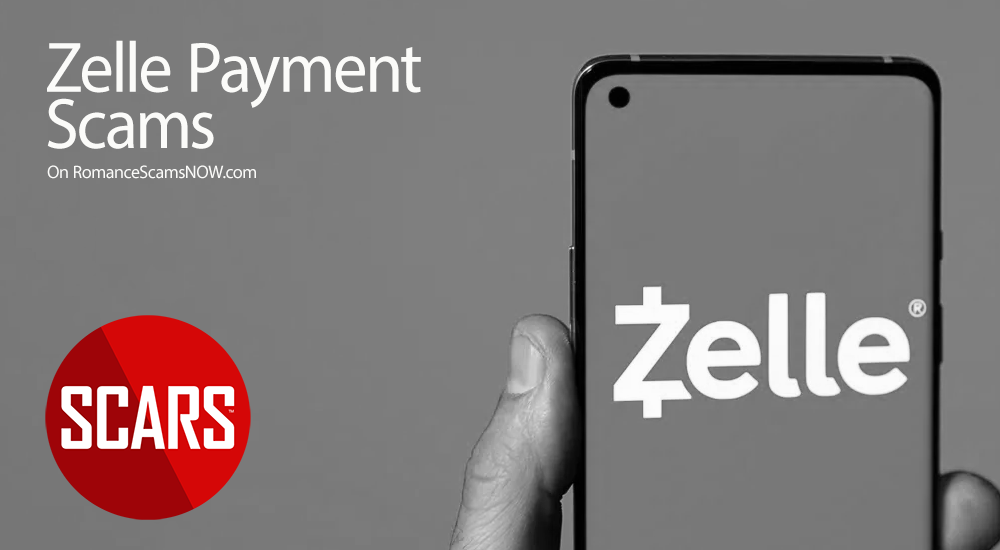



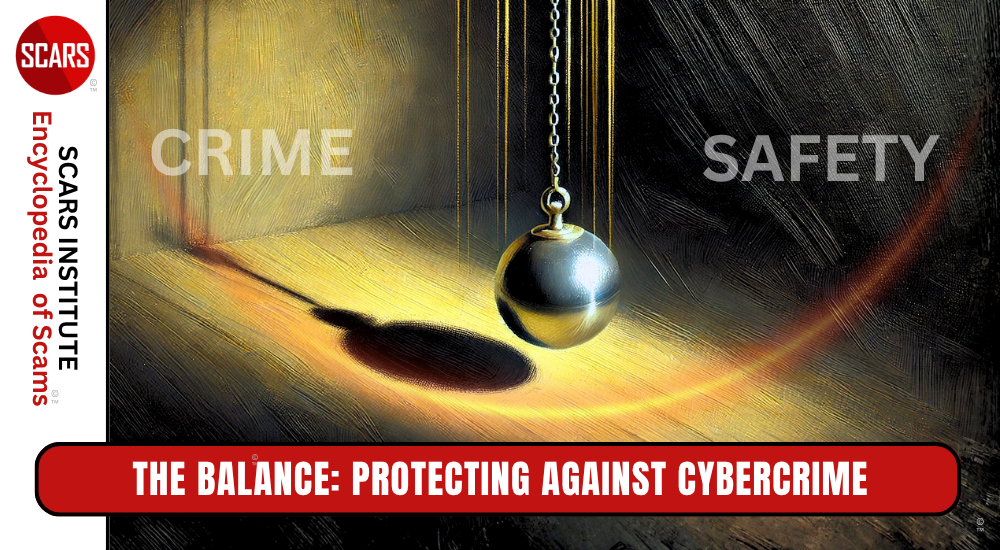
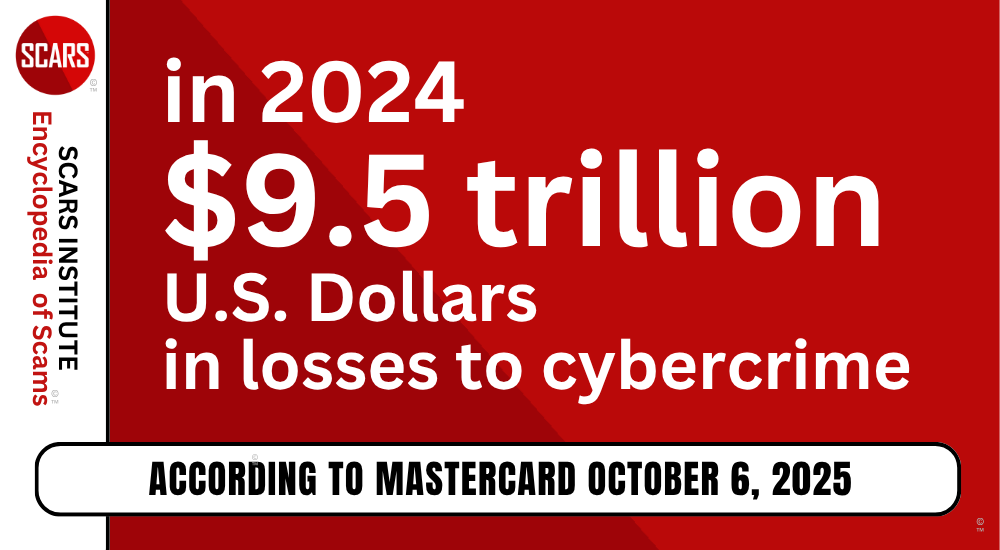
![United States Military ID Cards - How To Spot Fakes - [UPDATED 2025] fake military id cards United States Military ID Cards - How To Spot Fakes - [UPDATED 2025] - on the SCARS Institute RomanceScamsNOW.com - the Encyclopedia of Scams™](https://romancescamsnow.com/wp-content/uploads/2022/03/fake-military-id-cards.png)

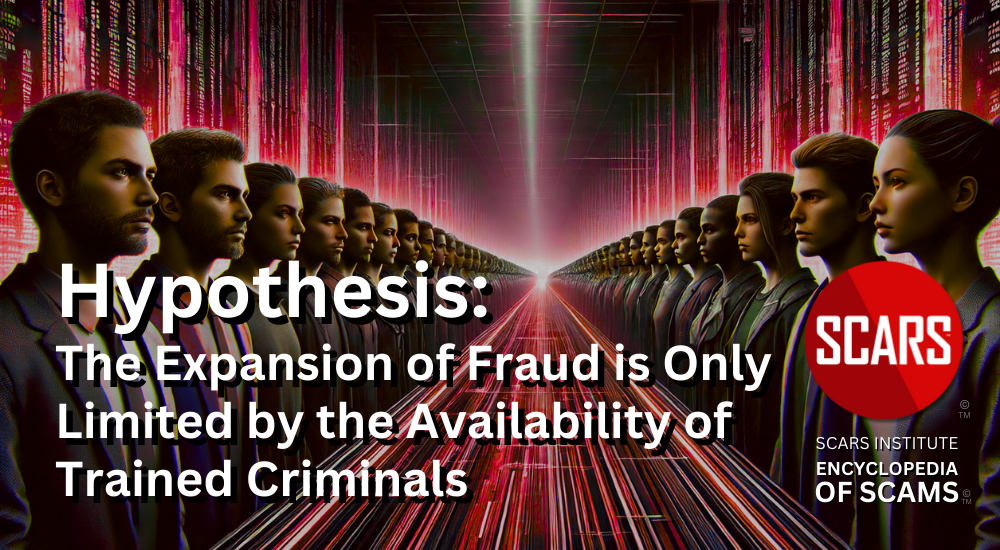
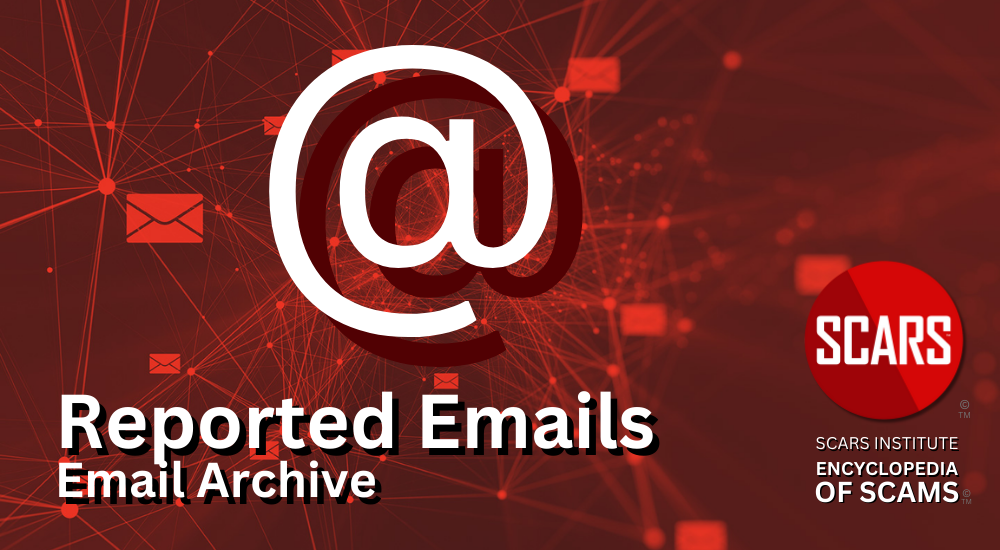




Thank you for your comment. You may receive an email to follow up. We never share your data with marketers.